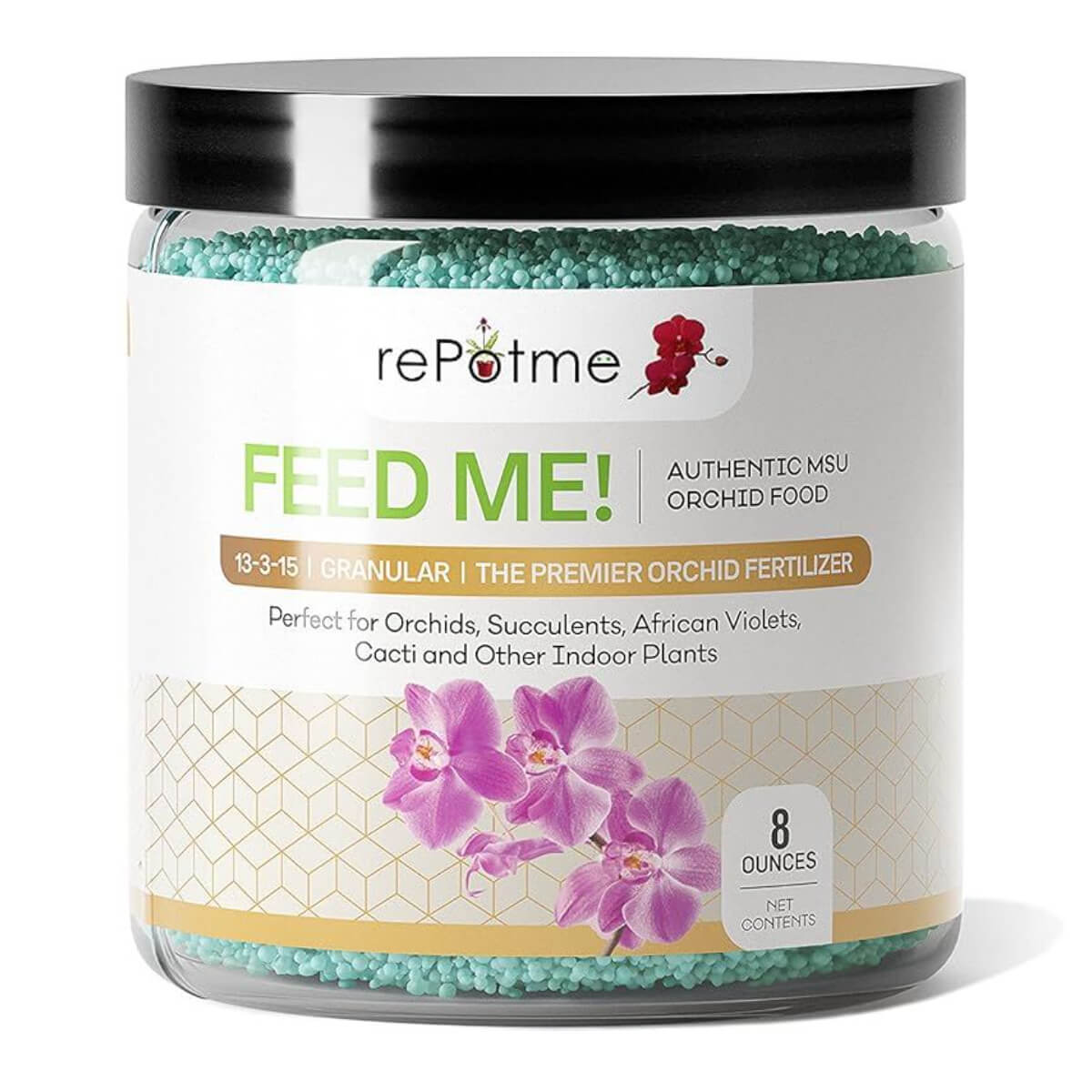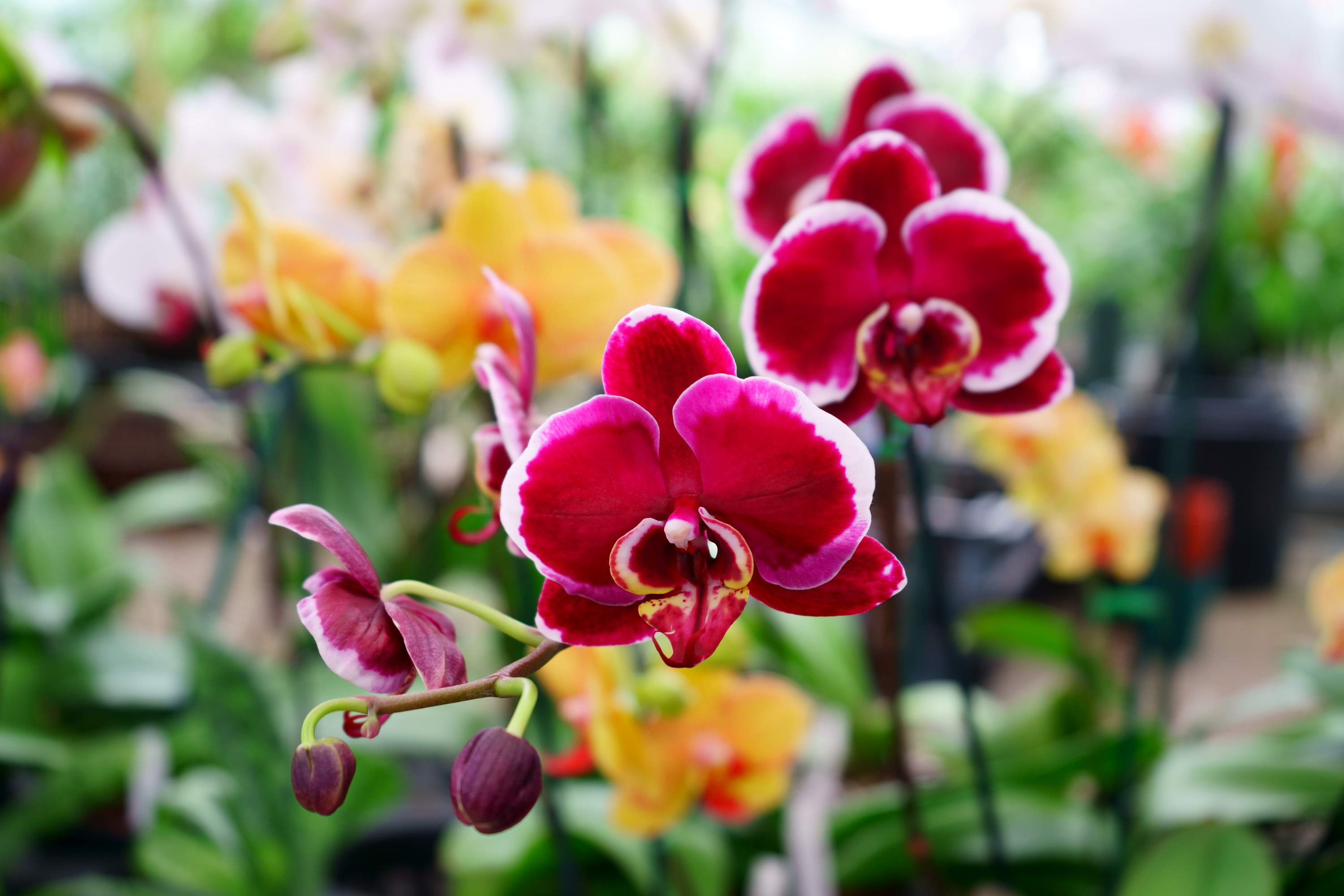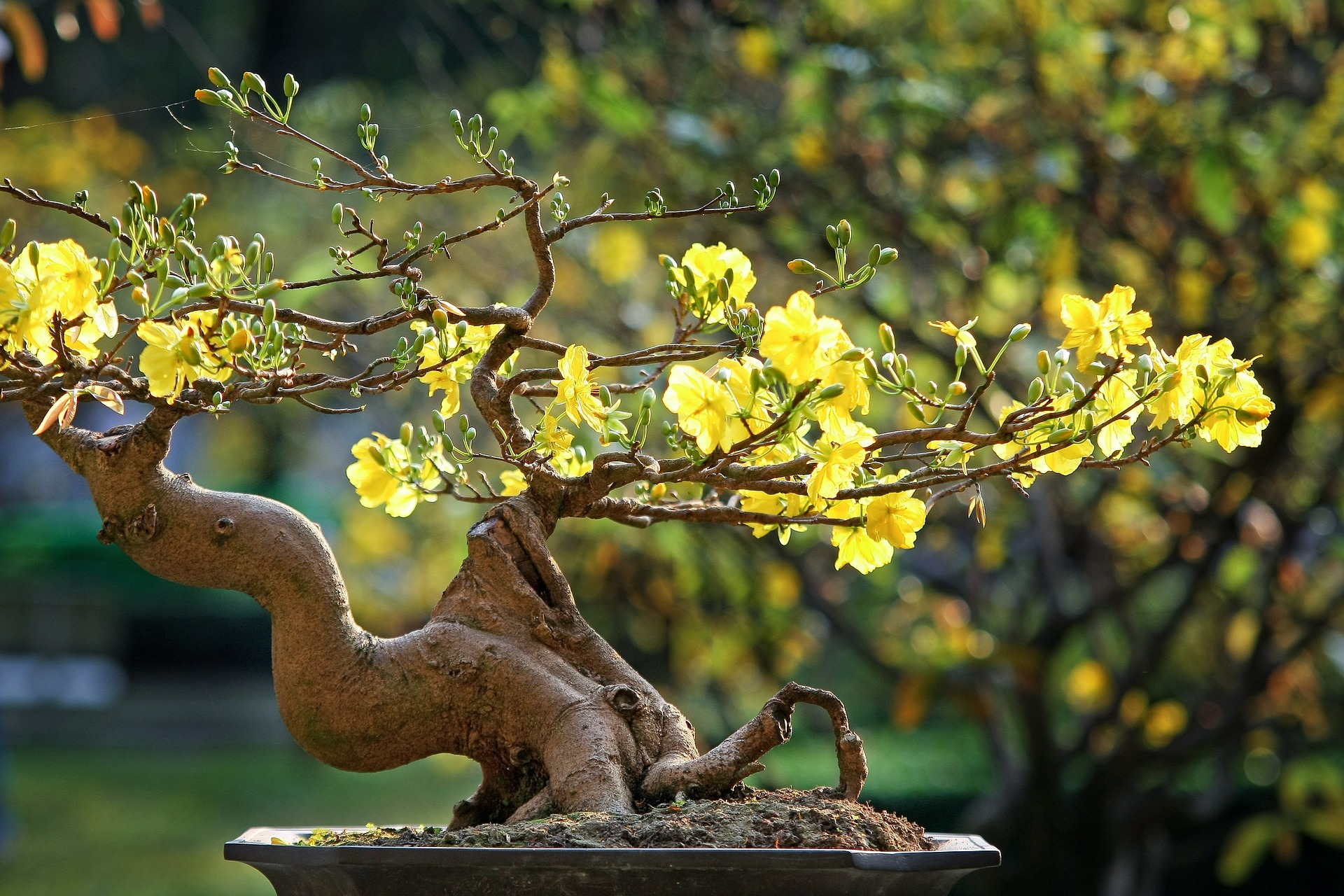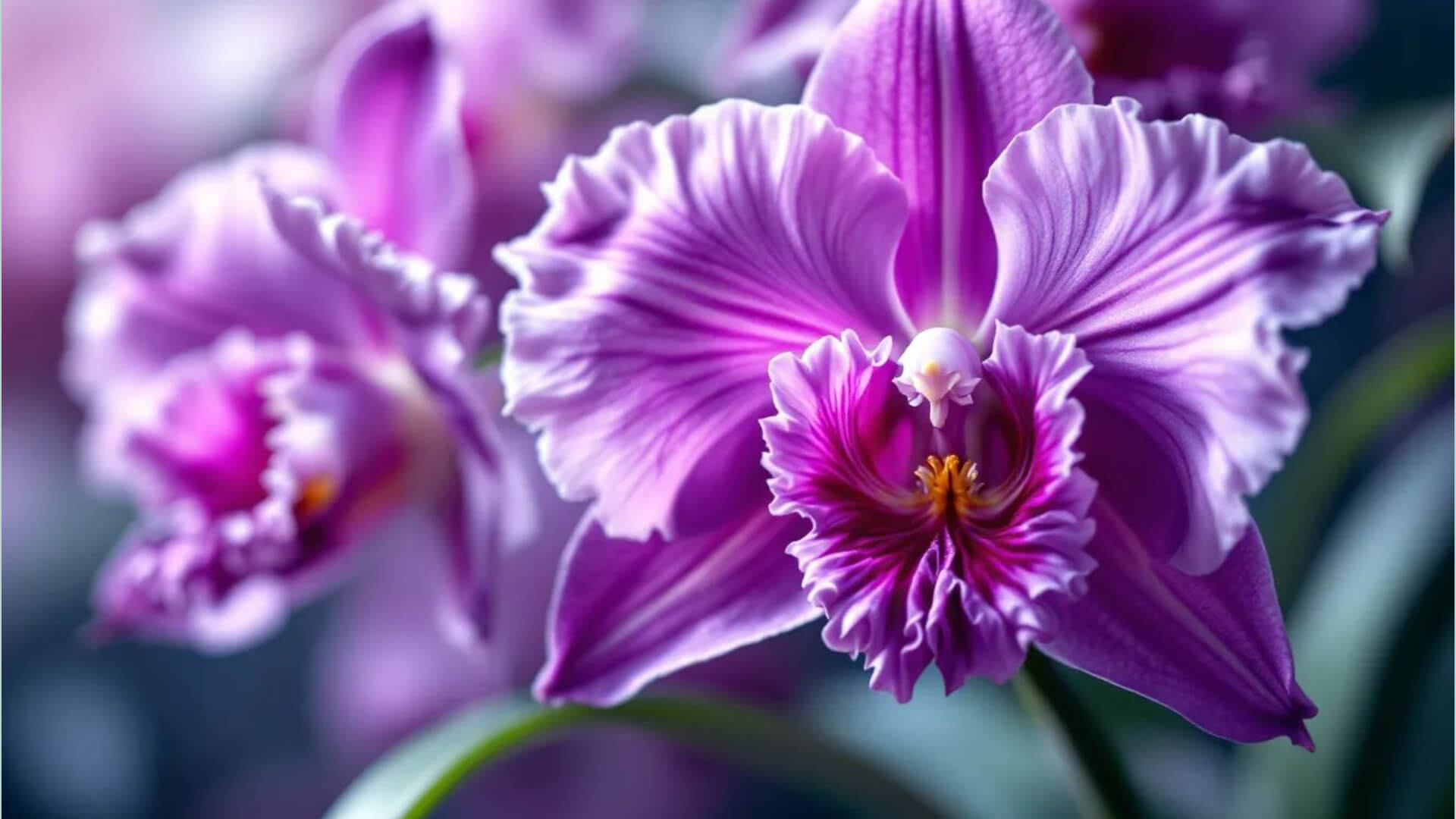- Home
- Fertilizing
Fertilizing Orchids: A Complete Guide to Orchid Care Tips
Learning how to properly go about fertilizing orchids is a simple yet essential part of orchid care, though different species may have unique needs. In their natural habitat, orchids absorb nutrients from animal droppings, leached minerals, and decaying organic matter. Since most orchids are epiphytes (air plants), they rely on these external sources for nutrition. To replicate this in our homes, we provide orchids with low doses of fertilizer on a regular basis.
While some fertilizers are marketed specifically for the bloom stage, it’s not entirely necessary to use a special "bloom fertilizer" if you’re already using an all-purpose fertilizer. A high-nitrogen, low-phosphorous, and high-potassium fertilizer designed for orchids will work well throughout their growth cycle. As with watering, it’s better to slightly under-fertilize than to over-fertilize, which can harm your plants.
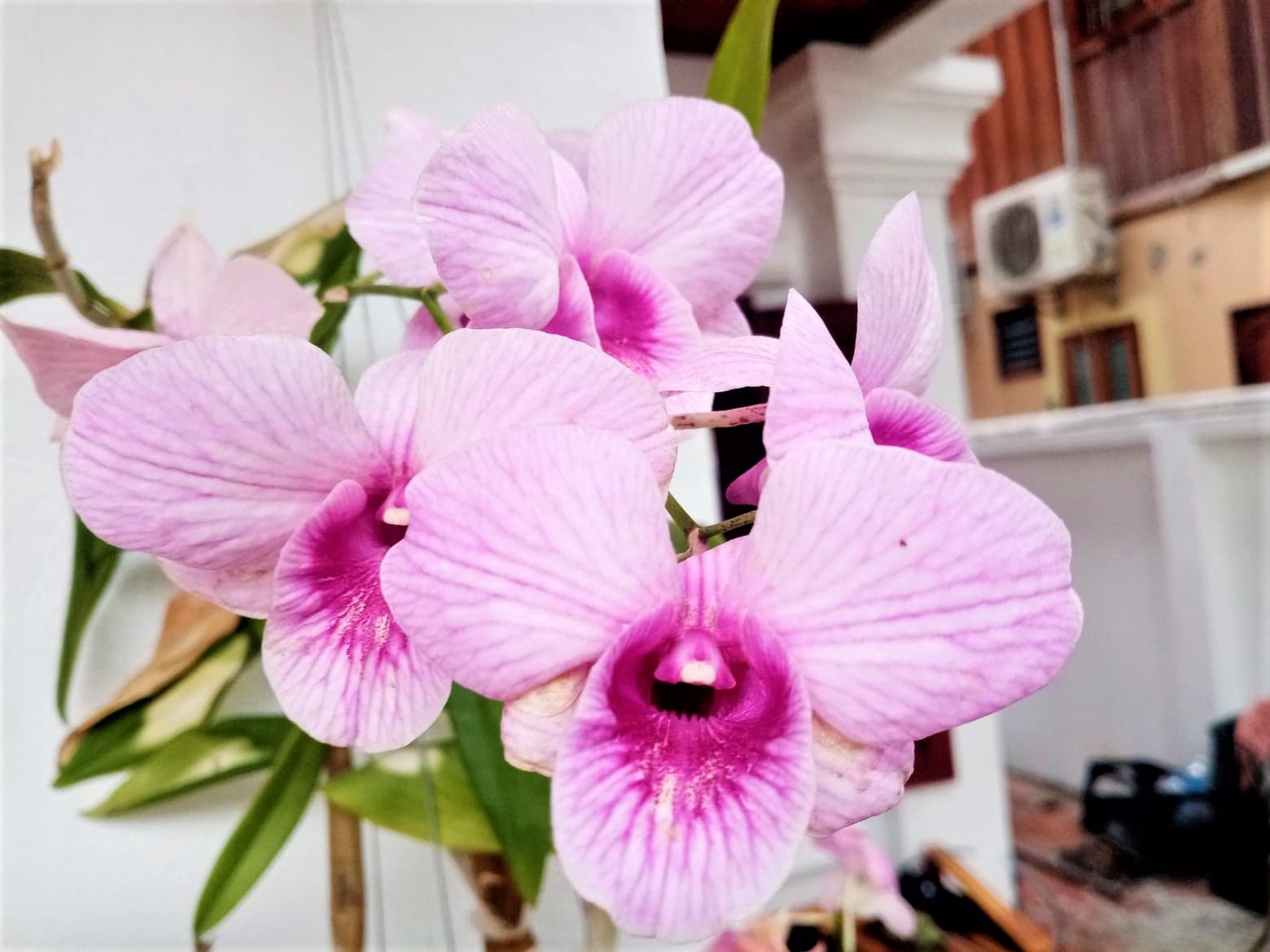 Native Laos Orchids. Photo taken in Luang Prabang, Laos.
Native Laos Orchids. Photo taken in Luang Prabang, Laos.Heavenly Orchids participates in affiliate marketing programs, which means we may earn commissions on qualifying purchases made through our links. We only recommend products we genuinely believe in.
Want Healthier Orchids? Get Your Free Care Guide Now!
Why Reverse Osmosis Water is Ideal for Fertilizing Orchids
Before diving into fertilizer types, it’s worth noting that the quality of water you use matters. Reverse osmosis water is highly recommended because it’s free of impurities and minerals that can interfere with nutrient absorption. Fertilizers perform best with pure water, ensuring your orchids get the full benefit of the nutrients you provide.
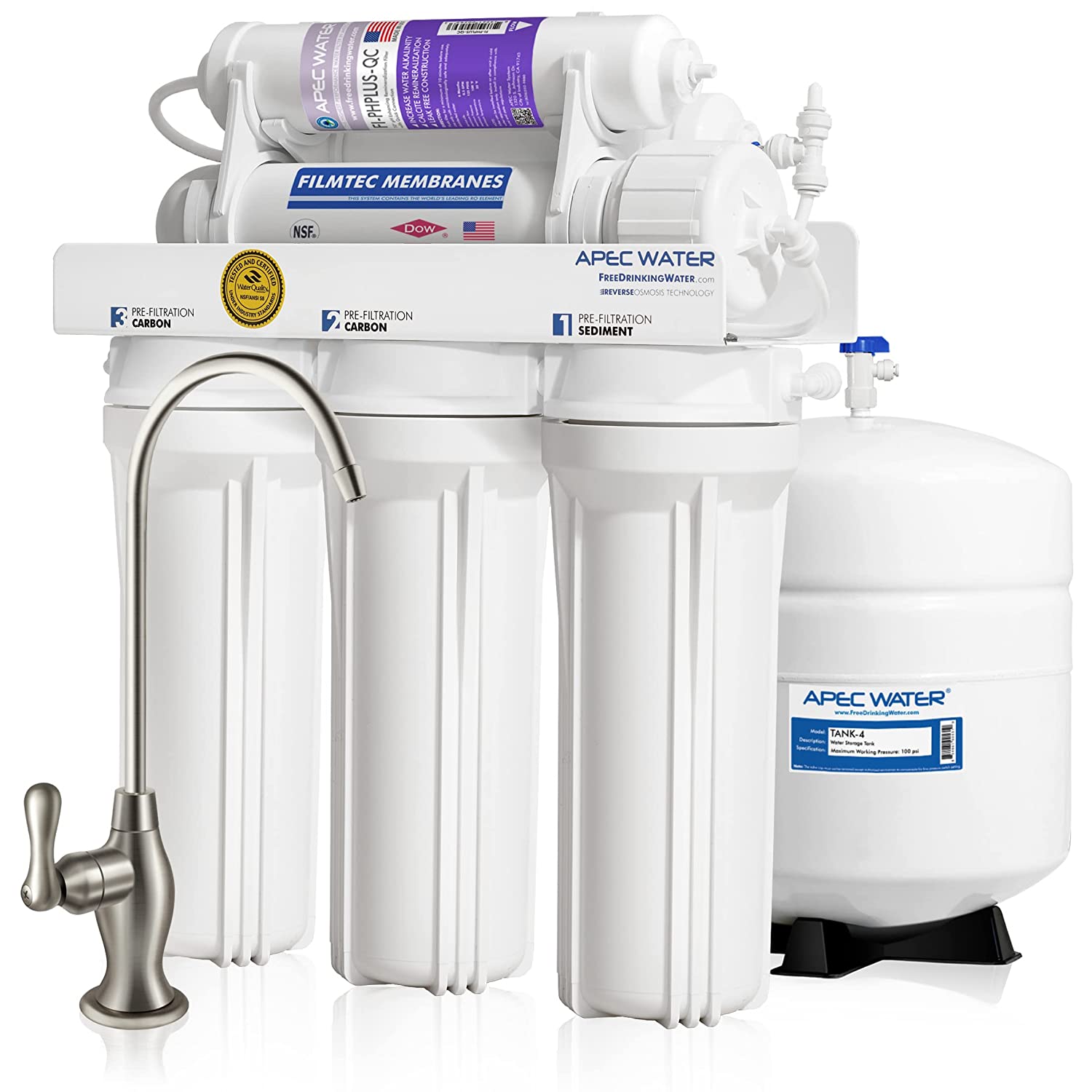
APEC Water Systems Top Tier Supreme Certified Alkaline Mineral pH+ High Flow 90 GPD 6-Stage Ultra Safe Reverse Osmosis Drinking Water Filter System (Ultimate RO-PH90)
Types of Orchid Fertilizer: Chemical vs. Organic
When it comes to fertilizing orchids, you have two main options: chemical fertilizer and organic fertilizer. Both have their benefits, and there’s no harm in combining the two methods if you so choose to do so. It can even be beneficial to use Kelp to induce flowering if you have an orchid that has not been producing flowers. Alternating between chemical and organic fertilizers every other month—or even every other feeding—can provide your orchids with a wider range of nutrients.
While organic fertilizers are often marketed as more “natural,” both chemical and organic fertilizers are essentially salts that plants absorb to promote growth. A highly beneficial organic treatment is compost tea, which can be applied to the roots and leaves once or twice a year. Learn how to make compost tea here.
- Tailored for Orchids Specifically formulated by Michigan State University
- Pure Water Compatibility
- Balanced Nutrient Profile
- Urea-Free Formula
- Versatile and Easy to Use
Chemical Fertilizer for Orchids
Chemical fertilizers come in crystal or liquid form and are labeled with three numbers, such as 20-20-20. These numbers represent the percentage of nitrogen (N), phosphorous (P), and potassium (K) in the product. For example, a 10-pound bag of 20-20-20 fertilizer contains 2 pounds of each nutrient.
The remaining weight includes macronutrients like calcium, magnesium, and sulfur, as well as micronutrients such as boron, copper, iron, manganese, molybdenum, and zinc. When choosing a chemical fertilizer, opt for one specifically formulated for orchids, as these typically avoid urea-based nitrogen and provide a balanced NPK ratio.
If you are looking for the best fertilizer recommendations, these are the fertilizers we recommend.
Organic Fertilizer for Orchids
Organic fertilizers are derived from living or biological sources, such as kelp, compost, worm castings, bat guano, and animal manure. They are generally gentler and lower in NPK content compared to chemical fertilizers. However, organic options can be less consistent in their nutrient ratios, so using a variety of organic materials can help achieve a balanced nutrient profile.
One standout organic fertilizer is kelp, which is particularly beneficial for orchids. Kelp contains natural growth hormones called cytokinins, which promote cell division and can significantly enhance blooming. Many orchid growers swear by kelp as a "magic ingredient" for encouraging vibrant, healthy flowers.
Some growers prefer combining organic and chemical fertilizers to provide a diverse range of nutrients. For example, I like to supplement with a compost tea application twice a year, enriched with Kelp and Azomite A-Z minerals for trace elements.

- Boosts Blooming with Natural Cytokinins
- Enhances Root Health and Growth
- Packed with Essential Nutrients
- Eco-Friendly and Sustainable
Best Methods for Fertilizing Orchids
How you approach fertilizing orchids is a matter of preference. You can stick to chemical fertilizers, use only organic options, or combine both methods. If you choose a chemical fertilizer, select a product specifically designed for orchids, as these are formulated to meet their unique needs.
A common adage in orchid care is to “water weakly, weekly.” Instead of using the full recommended dosage, use 1/4 of the amount weekly. This approach ensures your orchids receive consistent nutrients without the risk of over-fertilization. The same principle applies to organic fertilizers—use a quarter of the recommended monthly dosage if fertilizing weekly.
Alternating fertilizers on occasion over time such as applying a foliar spray of compost tea once or twice a year can provide a balanced nutrient intake and help with flower induction while minimizing the risk of overfeeding.
How to Apply Fertilizer to Orchids
For a small collection of orchids, mixing fertilizer with water in a watering can is simple and effective. Follow the dosage guidelines mentioned above, adjusting for weekly or monthly applications.
If you have a large number of orchids, a 5-gallon pressure sprayer can save time and effort. Simply mix the fertilizer according to the instructions (using 1/4 of the recommended amount for weekly feeding) and apply evenly.

VIVOSUN VS2000 LED Grow Light with Samsung LM301 Diodes & Brand Driver Dimmable Lights Sunlike Full Spectrum Panel Fixture
Tips for Fertilizing Orchids
- Use reverse osmosis water for the best results, as it ensures optimal nutrient absorption.
- Alternate between chemical and organic fertilizers to provide a wide range of nutrients.
- Follow the “water weakly, weekly” approach to avoid over-fertilization.
- Supplement with compost tea once or twice a year for an organic boost.
- Don’t overlook kelp as an organic fertilizer—its cytokinin content can work wonders for blooming.
By following these orchid care tips, you’ll keep your plants healthy and thriving, ensuring they reward you with stunning blooms year after year.
Key Takeaways on Fertilizing Orchids
- Use an all-purpose orchid fertilizer to avoid the need for specialized bloom formulas.
- Reverse osmosis water enhances fertilizer performance.
- Alternating between chemical and organic fertilizers can provide balanced nutrition.
- Kelp, rich in cytokinins, is a powerful organic option for promoting blooms.
